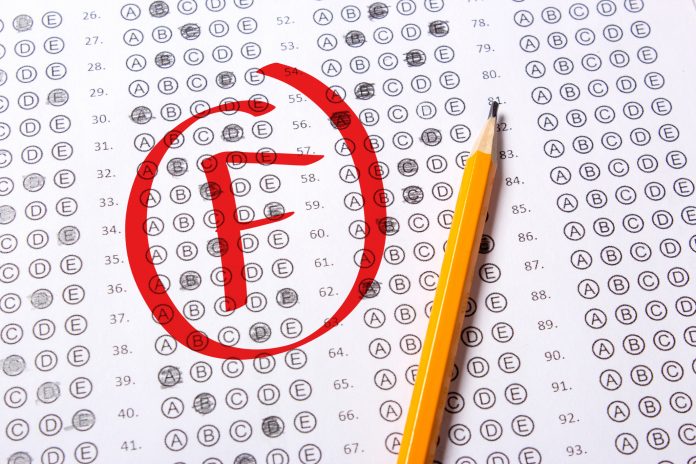By Ross Marchand
Thanks to the House of Delegates’ veto override, it looks like the $4 billion-per-year Kirwan Commission education plan is about to become part of Maryland’s curriculum. Clearly, lawmakers haven’t learned their lesson after years of warnings that the “blueprint” for education reform in Maryland would cost taxpayers $32 billion over the next ten years – or more than $16,000 per family. Policymakers are determined to continue to increase spending, even if the proposals fail to address critical issues such as online learning. Lawmakers should end the broken funding status quo and fund students instead of systems.
Currently, Maryland spends more than $14,000 per student to fund its K-12 education system. The Kirwan Commission plan will hike this total up to more than $19,000 per pupil, catapulting Maryland to one of the top-spending states for education. While it’s critical to give students the best education given the resources available, there’s simply not much of a connection between dollars expended and outcomes beyond a certain point. Examining funding trends from 2003-2015, Mackinac Center policy analyst Ben DeGrow notes, “Six of the top 10 states that improved their average test scores on the NAEP [National Assessment of Educational Project] the most were among the 11 states with the smallest funding growth.”
Clearly, educational progress is far more complicated than simply throwing money at the problem. Baltimore, which boasts some of the highest per-pupil spending levels in the country, is a sad testament to this fact. Some of this is poor targeting and structuring such as a bloated central office that micromanages decision-making and sky-high administrator salaries. Baltimore spends more than $1,200 per student on administrative costs, compared to less than $800 per student for similarly-sized urban school districts such as Albuquerque and Austin. The Kirwan plan will just subsidize this sorry state of affairs without doing much to shake up the system. The blueprint talks about boosting accountability, yet talk is cheap. Maryland implemented a system of “consequential accountability” more than 20 years ago, but at-risk Maryland students repeatedly fall short of the standard anyway. Attaching a façade of accountability to new funding to “community schools” and vocational programs won’t amount to much, so long as control lies with the same, small group of administrators who hold all the cards.
The solution isn’t to start from scratch or rely on the state to engineer some magic redesign of the school system. Things work for the most part; Maryland’s school system does well for most of its students. The key is to expand the opportunities enjoyed by Maryland’s well-off students to Maryland’s struggling students in failed school systems. What will achieve this goal varies drastically by student. Deep-dive, one-on-one tutoring works for many students, but it is an expensive solution and one out of reach for many low-income students. Educational software such as Rosetta Stone can be more effective than years of traditional foreign language instruction, but this online learning is also very costly. Parents can opt to send their kids to a better school out of county, but it will cost them thousands of dollars on top of their property taxes. Ditto, of course, with private schools.
If Maryland made more of an effort to fund students directly, students and their families could use tax-free dollars to invest in the education resources of their choosing. Some families might opt for private school, while others would invest in tutors with a proven track record. Still others could put the funds in a low-risk investment fund for college. At half the price-tag of the Kirwan plan, lawmakers could give the poorest fifth of students more than $10,000 per year to spend on the schools and services of their choice. This would not only lead to better outcomes but give students and their families the flexibility of knowing that their futures are in their hands.
Top-down education systems are failing our most vulnerable students. Let’s try something different.
Originally published by The Center Square. Republished with permission.








